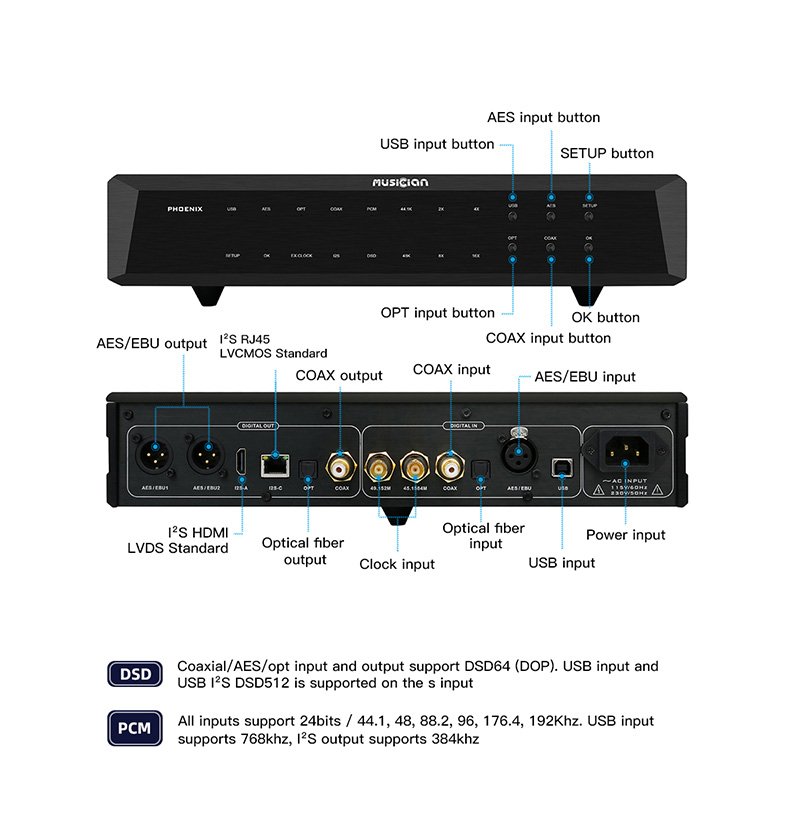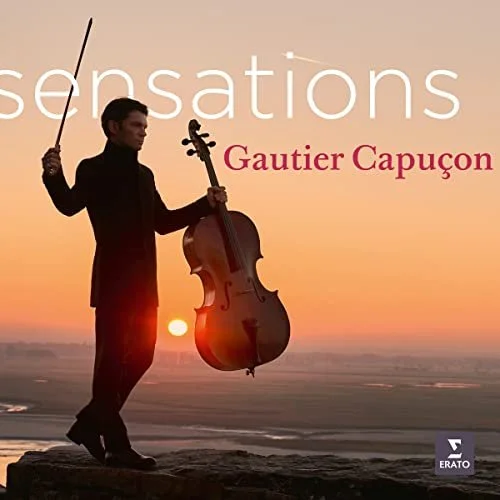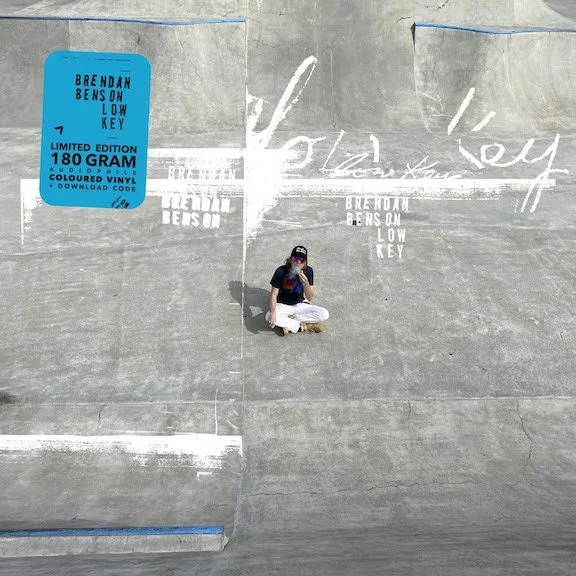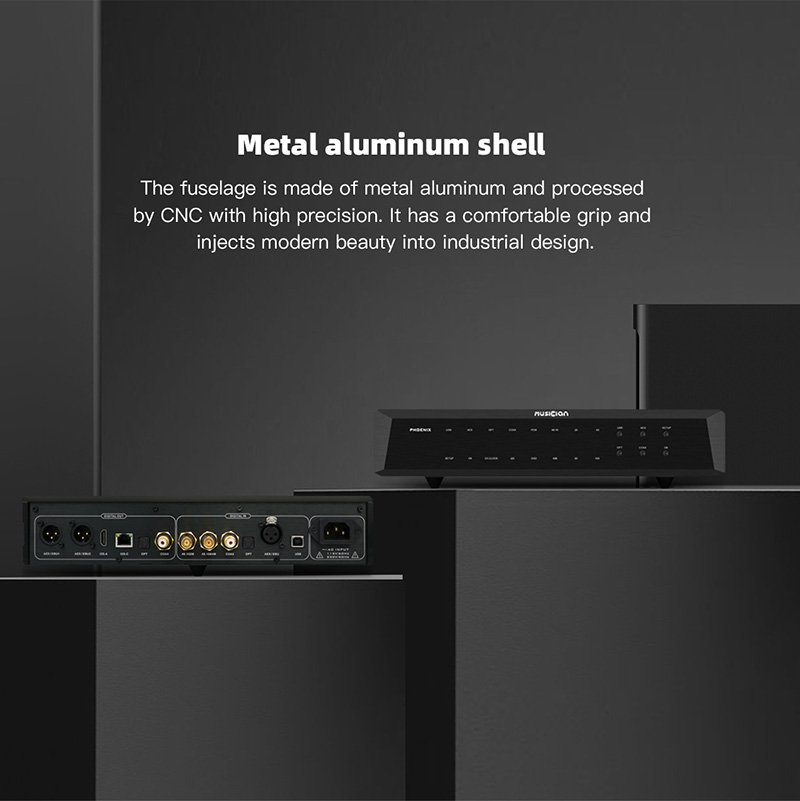MUSICIAN AUDIO PHOENIX DIGITAL INTERFACE - REVIEW
MUSICIAN AUDIO PHOENIX DIGITAL INTERFACE
Cast your mind back a few months, when our intrepid hero was testing the Pegasus DAC from the folks at MUSICIAN Audio. In that piece, I mentioned that, “…the Pegasus represents a solid investment in mellow digital audio conversion. The overall careful construction, effortless ease of use, plethora of input choices and ability to upgrade the performance via I²S all make for a compelling package.” Noticed that I did not dwell on its sound quality, only stating that it could be upgraded to a higher calibre. Since the Pegasus was the first DAC I’ve had in house that includes an external I²S in, I was very curious to hear if that input choice was worth more than double one’s initial investment…
For this installment of OMas Learns Something New, I bring to your attention the MUSICIAN Audio Phoenix, a $1,699 “digital interface” being the middle child in the MUSICIAN Audio interface hierarchy. The Phoenix accepts a wide variety of digital input types, reframing and reclocking those streams before transmitting on a wide variety of outputs. By all appearances, the Phoenix is a wide version of Pegasus. Only self–colored aluminum buttons and red LEDs grace the spartan front panel, which is half again as wide as the DAC. For those used to fancy plain English displays, LCD and most other display technologies generate electrical and radio frequency noise which must be suppressed elsewhere in the design. No display, so no additional noise. That said, one of the main issues I have with the whole MUSICIAN design approach is that lack of a plain text display! Yes, it is quite difficult to incorporate a display In an audio product without adding a significant noise source inside the case. Thing is, other manufacturers manage to include a readout I can easily parse from my listening position.
For my tests, I needed an up–to–date HDMI cable and, after going through my inventory, I decided to purchase a 0.5m Silversonic HDMI cable from DH Labs. That particular interconnect was recommended by my vendor representative Rob Fritz at Audio Art Cable as it cleanly delivers the bandwidth needed for current and future HDMI connections. Once I had the proper cable in hand, setup was a snap…simply connect my Mac mini server to the Phoenix via USB, select “I2S” on Pegasus’ front panel, then select Phoenix as the playback target in Amarra Luxe. The Phoenix is a capable and future–proof box, able to cope with sample rates from the “Red Book” or CD rate of 44.1kHz all the way up to 32 times 48kHz or 1,536,000 samples per second. [SR Choices.png] That’s over four time higher than even the extremely high 8x rate (352.8kHz) of DXD or Digital Extreme Definition. It appears in macOS’ Audio MIDI Setup with the same label, “MUSICIAN USB HiRes Audio,” as does its Pegasus brother.
During my listening, I always had either the Pegasus alone as one of two references, or the Phoenix feeding the Pegasus. With the Pegasus alone, one would never mistake that you are listening to canned music, even at very high sample rates. Call it linearity or distortion, call it what you like, but the Pegasus by its lonesome does not possess the chops to decode a data stream without placing its own stamp on the outcome. Phoenix + Pegasus removes a scrim of distortion, a sort of ersatz unreality. With Pegasus alone, instruments are presented as wrought from polymer instead of wood and metal. Phoenix strips away that prominent artifice, restoring a sense of corporeal players with their genuine instruments. The MUSICIAN combo brings the listener closer to that audiophile ideal of a “straight wire with gain” we all long for. Mind you, the combo will still never fool you into mistaking the output for other than a recording, but the Phoenix significantly lowers the distortion, while adding a touch of welcome warmth.
Long ago and far away, I once visited the Bay Area development home of Sony’s Sonoma project, a rather dark and dreary subterranean crib where their best and brightest toiled away on the original SACD authoring system which, not long after my visit, was mothballed forever. While there, a colleague and I were discussing higher rate Direct Stream Digital, that single bit delta modulation encoding scheme employed in the Super Audio CD format. I mentioned to those present that double speed DSD, referred to as DSD2 or the confusing DSD128, had just appeared on the market. In reply, one of the folks gathered in our discussion mentioned, with a sparkle in his eye, that their tests indicated “something magical” happens at DSD8. He said the audio subjectively begins to resemble reality rather than canned audio. Phoenix can handle sample rates higher even than DSD8, if there were commercial music releases in that format. Maybe there are but, unfortunately for me, I had “only” DXD recordings and MQA packed files which, when completely decoded, would also be at DXD’s 8 times the CD sample rate.
I seem to remember that there are double DXD releases available, at 705.6kHz, but I have been unable to locate any for this review. Fortunately, during this review period, Apple Corps released my fave Beatles album, the incomparable Revolver. That allowed me the distinct pleasure of curling up with the expanded 96k track selections while studying the hirsute filigreed cover art by none other than the visual artist, producer and bassist Klaus Voorman.
Transitioning from classic pop into popular classical territory, I cued up Gautier Capuçon’s 2022 release Sensations [Qobuz, 96k Warner Classics/Erato]. On track two, Prokofiev’s Dance of the Knights from “Romeo and Juliet”, Capuçon’s brash and assertive cello subjectively sits well in front of Jerome Ducros’ piano. Listening solely through the Pegasus, I was brought back to that unprepossessing presentation; a fairly shallow soundstage with a veil of vagueness as to details, not in the 4 to 7k crispness sense, but the “air around the notes” and spatial cues sense. With the Phoenix feeding the Pegasus via USB (this entire review utilized only USB inputs), a credible reverb returned, and the cello became less a caustic annoyance and more a romantic gut–on–strings.
A pure plastic confection of cheesy synth delight, Donna Summer at 192k [Love To Love You Baby, Qobuz, 1975 Island Def Jam] is a bumpin’ thing of beauty. The dynamic duo of Pegasus + Phoenix got my good woman up off the couch and dancing, with a big grin on her cute little face. The prominent synthesizer stylings of Giorgio Moroder are smeared all over this track like digital butta’, and that bass line; four on the floor kick and sequenced rhythm line make for a compelling reason to get up off that thing; not something I heard or saw with winged Pegasus alone.
For a more classy, contemporary approach, I turned to the 2022 Gondwana Records release of Matthew Halsall’s Changing Earth [Qobuz 88.2k]. The third track, Yogic Flying, is a smooth, almost ECM–styled jazz piece, with a lovely balance between bandleader Halsall and his sextet of high skill sidemen and women. Translating the bits and bytes through the Pegasus + Phoenix union, I could discern that the star attraction, Halsall’s trumpet, was given its own reverberation, setting it perceptually “back” in the mix while keeping the amplitude and timbre prominently “forward.” While listening to the MUSICIAN combo, I thought that all players were clearly outlined, and the harp and percussion possessed a clean transient snap. Switching to my competitively priced exaSound e22 Mk. II DAC, I wasn’t too surprised to hear that each instrument was more distinctly defined in the now more expansive artificial soundstage that the engineer had created, but also that those same percussive elements were more snappy and alive.
Yesterday, I was listening more for pleasure than analysis, and came across Brendan Benson’s latest (2022) Schnitzel Records release; Low Key [Qobuz 44.1]. When a cover of Gerry Rafferty’s Right Down the Line came on, I thought, “You know, that’s a pretty good song!” In the way that streaming services facilitate, I immediately jumped to the reference 1978 release of the tune [Qobuz, Parlophone UK] to compare. Having heard that song waaay too many times on the radio during my formative years, I was frankly shocked at how enjoyable and expertly crafted it was. Pleasantly engaged by its analog warmth, I listened with a whole new perspective. Even through Pegasus + Phoenix, the Benson cover exhibited undifferentiated players inhabiting a shallow, all–in–a–line soundstage painted with a sadly crunchy Pro Tools brush, whereas the Rafferty benchmark was deep, lush and velvety even though it was also streaming at 44.1k. Oh yeah, did I mention the modern cover is LOUD as only bad production can be. The Scot’s AOR City to City version had me singing background harmony vocals right along with the studio musicians. Factoid: I used to play at being a pop vocalist before I went off to engineering school. At least the Benson version replicated the double tracked vocal style of the original.
Although I mentioned that, at no time, was I deluded by my rig into thinking I was listening to flesh and blood musicians, frankly I wasn’t expecting to. As with all things in audio, every piece of the playback puzzle contributes to the overall sound quality and, in the case of my quite modest systems, that was not an anticipated outcome. Also like its brother, Phoenix’s fit and finish are not quite up to what I would expect at its price but the gaps and slight misalignments are only noticed on close inspection. What I have concluded is that Pegasus + Phoenix is a solid option for those who cannot commit to a highly resolving R-2R DAC due to budget constraints. Purchase a Pegasus then, at a later date, add on a Phoenix which brings the total base cost to $2,798. If all you need is USB in, then Pegasus + Pisces comes in at a far less painful $1,618. You can start with Pegasus alone, then later kick the performance up two notches with Pisces.
Musician Audio
Phoenix Digital Interface $1699
Baiyun District, Guangzhou City
Guangdong CN
https://www.musician-audio.com/
+86 20-39293669
US Representative:
Audio Art Cable
San Diego CA
https://www.audioartcable.com/
+1 619-417-3035
DH Labs, Inc.
Silversonic HDMI 2.1 (0.5m) $95







